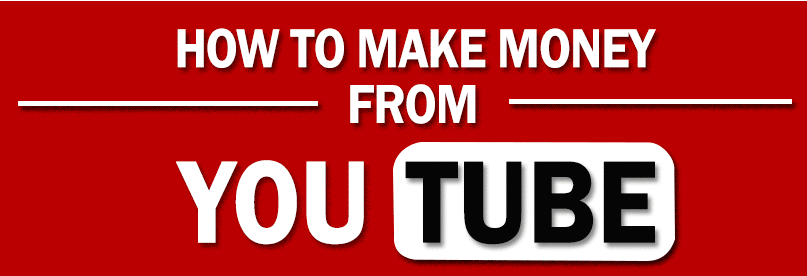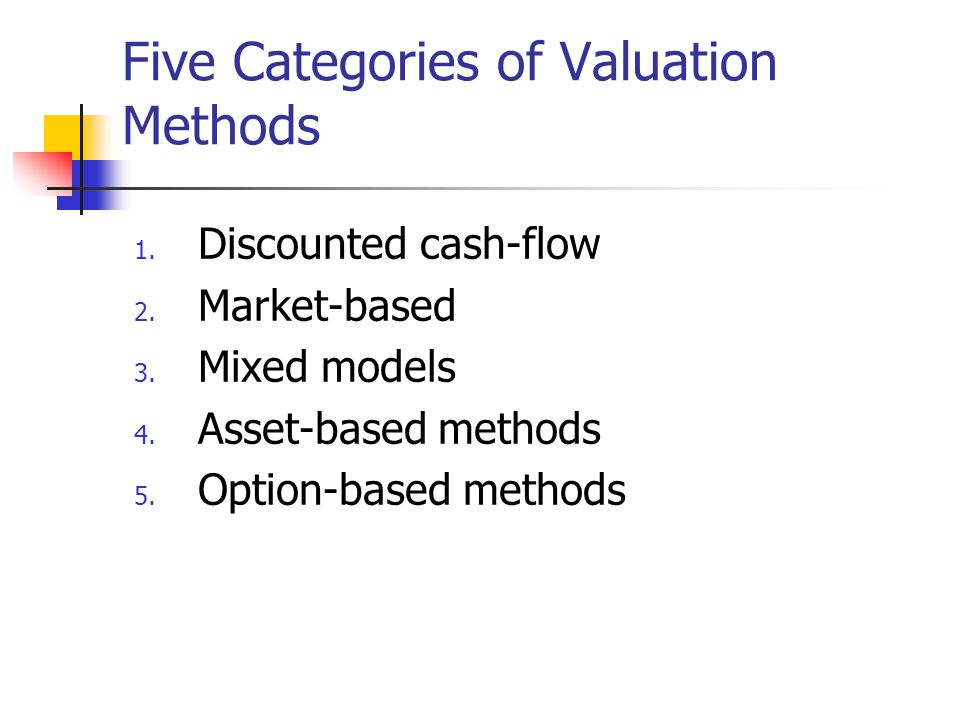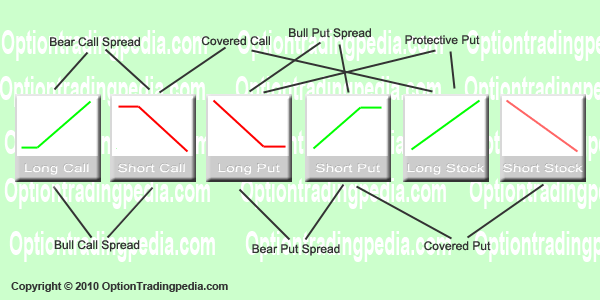
Besides his extensive derivative trading expertise, Adam is an expert in economics and behavioral finance. Adam received his master’s in economics from The New School for Social Research and his Ph.D. from the University of Wisconsin-Madison in sociology. He is a CFA charterholder as well as holding FINRA Series 7, 55 & 63 licenses. He currently researches and teaches economic sociology and the social studies of finance at the Hebrew University in Jerusalem.
- Many were the consequences that derived from this severe economic crisis.
- In the meantime, many homes had also lost value, making it impossible for their owners to refinance their mortgages.
- To date, various government agencies have committed or spent trillions of dollars in loans, asset purchases, guarantees, and direct spending.
- This crisis involved a housing bubble, surge in unemployment, and credit expansion all rolled into one super storm.
- In those cases it is typically because they failed to provide sufficient verification of their income or assets in the loan application process.
- In 1995, President Clinton called on regulators to strengthen the CRA even more.
One widely available product that provides an alternative for subprime borrowers is the secured credit card. Unlike regular credit cards, secured cards require the borrower to deposit a sum of money into a special bank account, which then becomes a credit line that they can borrow against. After making on-time payments for a certain number of months, the borrower may be eligible to upgrade to a regular credit card with a higher credit limit. Those consistent payments will help boost their credit score, as well. A variety of fintech companies, including online lenders, now focus on the subprime market, particularly thin-file borrowers.
Subprime mortgage crisis
For example, Credit One Bank has several cards for borrowers whose credit scores are only in the «fair» range. Its Platinum Mastercard charges no annual fee, while its QuickSilver One card has a $39 annual fee but also pays 1.5% cash back on purchases. Examples include The Big Short by Michael Lewis and Too Big to Fail by Andrew Ross Sorkin. The former tells the story from the perspective of several investors who bet against the housing market, while the latter follows key government and banking officials focusing on the critical events of September 2008, when many large financial institutions faced or experienced collapse. Several hundred civil lawsuits were filed in federal courts beginning in 2007 related to the subprime crisis.
What Is A Bank Bailout? – Bankrate.com
What Is A Bank Bailout?.
Posted: Mon, 01 May 2023 07:00:00 GMT [source]
Critics also targeted mortgage giants Fannie Mae and Freddie Mac, which encouraged loose lending standards by buying or guaranteeing hundreds of billions dollars in risky loans. An adjustable-rate mortgage (ARM) is a type of mortgage loan where the interest rate can change throughout the life of the loan. An adjustable-rate mortgage typically has a fixed interest rate in the early life of the loan whereby the rate can reset or change within a certain number of months or years.
The repackaged subprime mortgages were sold to investors through the secondary market. Without it, banks would have had to keep all mortgages on their books. The Federal Reserve Chairman Alan Greenspan started raising interest rates to cool off the overheated market.
Although many economists said that the slowdown in real estate would be contained, that was just wishful thinking. By June 2006, the fed funds rate was 5.25 percent, pushing up short-term rates. The ten-year note yielded 5.07 percent, less than the three-month bill at 5.11 percent. Dr. Raghuram Rajan was the chief economist at the World Bank in 2005.
Subprime mortgage crisis phases
As the net worth of banks and other financial institutions deteriorated because of losses related to subprime mortgages, the likelihood increased that those providing the protection would have to pay their counterparties. This created uncertainty across the system, as investors wondered which companies would be required to pay to cover mortgage defaults. Hedge funds are always under tremendous pressure to outperform the market. They created demand for mortgage-backed securities by pairing them with guarantees called credit default swaps. Those with adjustable-rate mortgages couldn’t make these higher payments. And American International Group (AIG) almost went bankrupt trying to cover the insurance.
The emergence of these mortgage types was one of many contributing factors to the housing bubble that set the stage for the 2008 financial crisis. After clarifying the most common features of subprime mortgages, the memo traces the historical evolution of American residential mortgages more generally, and exotic Adjustable Rate Mortgages in particular. Regulators repealed certain laws, giving financial institutions the ability to invest customers’ money in complicated investment products. Deregulation also allowed banks to expand their markets, merging with different institutions. This made them «too big to fail.» Due to the banking law changes, banks were also able to offer subprime customers interest-only and adjustable-rate loans. Interest rates during this time period were lowered from 6.5% to 1% due to the dot-com bubble and the Sept. 11, 2001 terrorist attacks.

Lenders charge higher interest rates to provide more return for the greater risk. So, that makes it too expensive for many subprime borrowers to make monthly payments. Many lenders spent millions of dollars to lobby state legislatures to relax laws. Those laws would have protected borrowers from taking on mortgages they really couldn’t afford.
A subprime mortgage can be any home loan intended for borrowers with impaired credit. Banks independently decide which borrowers don’t qualify for prime mortgages, but a credit score below 660 will usually land a borrower in the «subprime» category. The subprime crisis was a financial crisis that occurred in the world economy in 2008. It originated in the United States, but quickly spread to all economies. It is called a subprime crisis due to the fact that its trigger was the high credit risk . As well as, also, the non-payment of assets that were subject to high-risk mortgages.
Downturn in Real Estate Prices Triggered Disaster
No matter how lax lending standards got, no matter how many exotic mortgage products were created to shoehorn people into homes they couldn’t possibly afford, no matter what the mortgage machine tried, the people just couldn’t swing it. By late 2006, the average home cost nearly four times what the average family made. And mortgage lenders noticed something that they’d almost never seen before. People would close on a house, sign all the mortgage papers, and then default on their very first payment. No loss of a job, no medical emergency, they were underwater before they even started.
Director Rohit Chopra’s Prepared Remarks at the University of … – Consumer Financial Protection Bureau
Director Rohit Chopra’s Prepared Remarks at the University of ….
Posted: Mon, 03 Apr 2023 07:00:00 GMT [source]
For example, the Federal Reserve lowered the federal funds rate from 6% in January 2001 to as low as 1% by June 2003. A booming economy led to increased demand for homes and subsequently, mortgages. However, the housing boom that ensued also led to record levels of homeownership in the U.S.
Learn first. Trade CFDs with virtual money.
Most economists don’t think another subprime crash is likely, given the various safeguards that have been put in place since the first one. Some worry that the surge in housing prices spurred by the pandemic could create another bubble, while others are concerned about the potential impact that climate change and weather-related crises could have on the housing supply. When the housing market became saturated and interest rates started to rise, people defaulted on their loans which were bundled in derivatives. This was how the housing market crisis brought down the financial sector and caused the 2008 Great Recession. As defaults started to mount, banks were unable to sell these CDOs, and so had less money to lend.

They were afraid to lend to each other because if they could receive mortgage-backed securities as collateral. Once home prices started falling, they couldn’t price the value of these assets, but if banks don’t lend to each other, the whole financial system starts to collapse. Prices fell, because the unsold inventory was 3.9 million, 38 percent higher than the prior year. At the current rate of sales of 6.3 million a year, it would take 7.5 months to sell that inventory.
Subprime Mortgage Crisis
To buttress the funding of mortgages, the Congress greatly increased the maximum size of mortgages that FHA would insure. Because FHA loans allow for low down payments, the agency’s share of newly issued mortgages jumped from under 10 percent to over 40 percent. Many of the ARMs had reasonable interest rates initially, but they could reset to a much higher interest rate after a given period. Unfortunately, when the Great Recession began, credit and liquidity dried up–meaning the number of loans issued declined. Also, interest rates began to rise, which reset many of the subprime adjustable-rate mortgages to higher interest rates. The sudden increase in mortgage rates played a major role in the growing number of defaults—or the failure to make the loan payments—starting in 2007 and peaking in 2010.
The crisis and the subsequent global financial crisis caused $7.4 trillion in stock market paper losses, and wiped out about $3.4 billion in real estate wealth. Many companies went bankrupt, and about 7.5 million Americans lost jobs, with the unemployment rate doubling to 10% in 2010. While the economy added jobs after the crisis, many were lower paying and less secure jobs. During the financial crisis, the net worth of American households declined by about $17 trillion, a loss of 26%.

Further, there was the equivalent of a bank run on other parts of the shadow system, which severely disrupted the ability of non-financial institutions to obtain the funds to run their daily operations. During a one-week period in September 2008, $170 billion were withdrawn from US money funds, causing the Federal Reserve to announce that it would guarantee these funds up to a point.[321] The money market had been a key source of credit for banks (CDs) and nonfinancial firms (commercial paper). The TED spread (see graph above), a measure of the risk of interbank lending, quadrupled shortly after the Lehman failure.
As a result, banks and mortgage companies had difficulty finding new homebuyers. Home prices were rapidly rising and the Fed under Alan Greenspan raised interest rates to cool the overheated market over a dozen times. Many subprime mortgage borrowers who were unable to afford a conventional 30-year mortgage subprime crisis meaning took interest-only or adjustable-rate mortgages that had lower monthly payments. The ultimate cause of the subprime mortgage crisis boils down to human greed and failed wisdom. The prime players were banks, hedge funds, investment houses, ratings agencies, homeowners, investors, and insurance companies.
- Securities backed with mortgages, including subprime mortgages, widely held by financial firms globally, lost most of their value.
- Credit scores are based on a number of factors, the most important of which is payment history.
- These mortgages enticed borrowers with a below market interest rate for some predetermined period, followed by market interest rates for the remainder of the mortgage’s term.
As a result, these homeowners couldn’t pay their mortgages nor sell their homes for a profit. Consumers took advantage of the cheap credit to purchase durable goods such as appliances, automobiles, and especially houses. The result was the creation in the late 1990s of a “housing bubble” (a rapid increase in home prices to levels well beyond their fundamental, or intrinsic, value, driven by excessive speculation). The early 2000s was a period of low interest rates in the United States and fund managers’ search for yield led them to mortgage backed securities (MBS), which were given AAA status by the ratings agencies. At the same time, there was an explosion of lending to individuals who might not have previously qualified for mortgages, but were now classified as ‘sub-prime’ borrowers, approved for ‘no documentation’ and ‘low documentation’ loans.